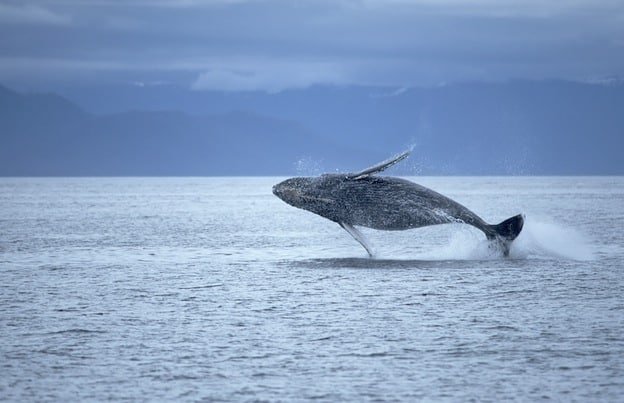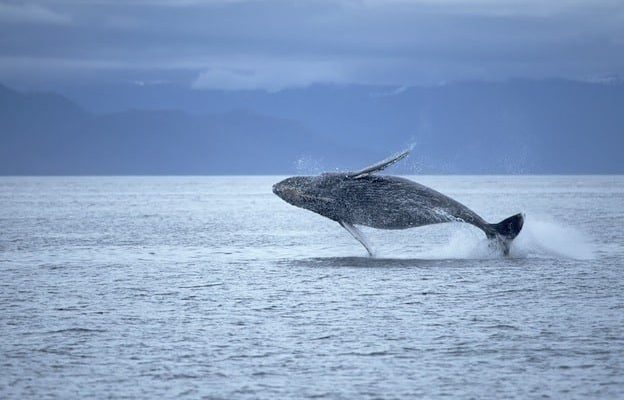
The world’s oceans, rivers, and even some coastal areas serve as rich environments for these gentle giants. They navigate through deep blue waters and even venture into shallow bays, making it essential to understand where to look for them. So grab a cup of coffee, sit back, and let’s dive into the various habitats where you can find these incredible animals.
Types of Whales and Their Habitats
Whales can be broadly categorized into two main groups: baleen whales and toothed whales. Baleen whales, like the blue whale and humpback whale, have specialized feeding structures that allow them to take in large amounts of water and filter out tiny organisms. They often roam the open ocean and coastal waters. On the other hand, toothed whales, such as orcas and sperm whales, are found in deeper waters and even near coastal zones, hunting for fish and squid.
Understanding these categories helps us know where to look. Baleen whales might be spotted farther offshore, while toothed whales may venture closer to shorelines or even enter estuaries. It’s a bit like knowing whether to search for your friend at a concert or a local diner; each is a different setting that suits different types of gatherings.
Oceans: The Primary Habitat
Most whales are found in the oceans, which make up about 71% of our planet. The open ocean is home to many species, from the gentle giants like the blue whale to the agile orca. Whales love the vastness of the ocean, as it provides them with ample food and space to migrate.
For instance, the North Atlantic Ocean is a popular gathering spot for humpback whales, especially during their migration. They travel thousands of miles between feeding areas in cold waters and breeding grounds in warmer tropical regions. It’s like a seasonal road trip, where they return to familiar territories year after year.
Coastal Areas
Whales don’t just stick to the deep ocean; they also love to hang out in coastal areas. These regions provide a rich feeding ground where prey is abundant. Coastal waters are often ideal for whales because they’re nutrient-rich and provide sheltered areas for resting and giving birth.
Take, for example, the California coast, which is famous for its whale watching opportunities. During migration seasons, you can see gray whales, humpbacks, and even blue whales making their way along the Pacific coastline. This combination of food and safety makes coastal areas a hotspot for whale activity.
Rivers: A Surprising Habitat
You might not expect to find whales in rivers, but believe it or not, some species do venture into freshwater. The most notable example is the beluga whale, known for its distinctive white color and social behavior. Belugas can often be found in coastal waters and estuaries, but they occasionally swim up rivers during certain times of the year.
For example, belugas have been spotted in the St. Lawrence River in Canada, where they come to feed and socialize. It’s a remarkable sight, and it emphasizes how adaptable these creatures truly are. They may not live in rivers year-round, but they know how to utilize them for feeding and navigating during migrations.
Polar Regions: The Thriving Arctic and Antarctic
Whales are also common in the polar regions, where the icy waters provide a different kind of habitat. Species like the bowhead whale and narwhal thrive in the cold Arctic waters, while humpbacks and orcas may be seen around the Antarctic Peninsula.
The cold waters of the polar regions are teeming with life, making them excellent feeding grounds. Whales migrate to these areas during the summer months when food is plentiful. Think of it as a summer vacation destination for these magnificent creatures, where they can feast on krill and small fish galore.
Understanding Migration Patterns
Whales are known for their incredible migration patterns, often traveling thousands of miles between feeding and breeding grounds. Each species has its own specific routes and timing. For instance, the gray whale embarks on one of the longest migrations of any mammal, traveling approximately 10,000 miles round-trip each year.
These migrations are not just for feeding; they also serve to avoid colder conditions and find mates. Understanding these patterns is crucial for tracking and protecting whale populations. If you’re looking for whales, knowing when and where they migrate can significantly increase your chances of spotting them.
Conservation and Whales’ Habitats
As majestic as they are, whales face numerous threats in their habitats, including climate change, pollution, and fishing practices. Conservation efforts are essential to protect these environments and ensure the survival of various whale species.
Various organizations work tirelessly to create protected areas and regulate fishing practices to maintain healthy whale populations. By supporting these initiatives and being mindful of human impact, we can help safeguard the places where whales thrive. Just like any other living creature, whales depend on a healthy environment, and it’s our responsibility to help maintain that balance.
How to Spot Whales in the Wild
If you’re eager to witness these magnificent creatures in their natural habitat, there are several ways to increase your chances of seeing them.
– Research Local Whale Watching Tours: Many coastal towns offer guided tours during peak whale seasons.
– Visit Known Hotspots: Research popular whale watching locations; places like Monterey Bay in California or the Bay of Fundy in Canada are often teeming with whale activity.
– Time Your Visit: Different species migrate at various times of year, so plan your trip accordingly.
With a little luck and patience, you could have a breathtaking encounter with these gentle giants. Just remember to respect their space—whales are wild animals, after all!
In conclusion, the habitats where whales are found are as diverse as the species themselves. From the open ocean to coastal areas and even some rivers, these magnificent creatures navigate through an array of environments. By understanding their habitats and the challenges they face, we can contribute to their conservation and ensure that future generations can marvel at their beauty, just as we do today. So whether you’re an avid whale watcher or just curious about these gentle giants, remember that their world is vast and full of wonder.

